
February 28 - March 14, 2015 at the SVA Chelsea Gallery
Curated by Jacquelyn Strycker and Allison Hewitt Ward
The highway is never our terminus. Instead, it's a stretch between places— a journey, a process, a connector of past and future, of possibilities. As we travel on the highway, we paradoxically venture into the open frontier within the contained space of the automobile, experiencing the landscape through the car window, time concurrently passing at two speeds.
The rest stop is a non-place, a space of transience. It's neither the journey nor the destination but instead a space in which to pause. We pause the process that is the highway, and then pass through.
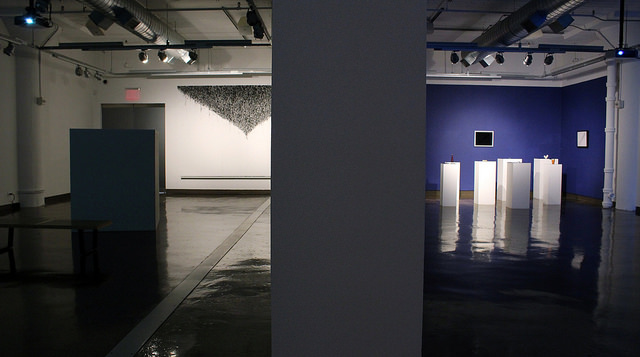
"Passage," art critic Michael Brenson noted in his 2004 essay collection Acts of Engagement: Writings on Art, Criticism, and Institutions, 1993-2002, is a word pregnant with antagonisms: ‘exit, trap; fright, play; hiding, exposure.’" Brenson continues, "Because of its associations with the middle passage as well as the free travel and transformation, passage is marked by both enslavement and liberation." It also calls to mind another famous route, the Northwest Passage, a shipping route across North America that remains ever on the edge of possibility and therefore ever entrenched in the imagination. We speak of passages of text chosen for their particular poignancy and of rights of passage, processes of change and becoming. The passage of time connotes both continuity and transformation. The Silk Road, too, might be called a passage, an exchange of commodities and culture between once distant worlds. It finds its modern descendant in the highway, the arterial system of travel and commodity exchange. Passage, of course, is not merely a route but a movement, a working through, a transformation of space, time and psyche.
The works in this exhibition are in various states of passage. They address the movements of commodities and bodies through time and space, as well as the movement of time and space itself.
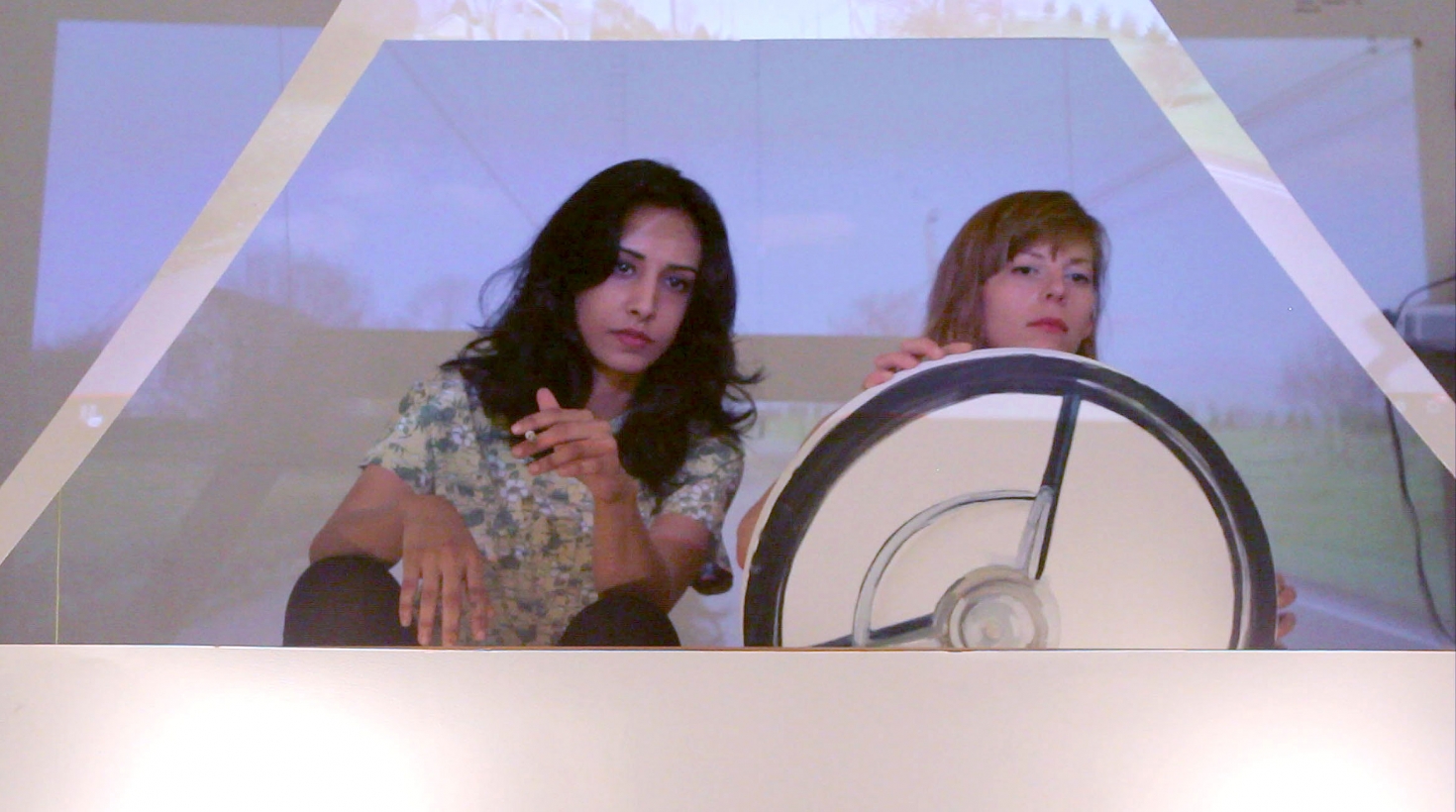
Angela Conant and Yasmeen Sudairy's Driving Lesson presents us with an absurd scenario in which Sudairy, who is from Saudi Arabia, where women legally cannot drive, instructs Conant, an American who rarely drives, despite her freedom to do so, and has let her license lapse.
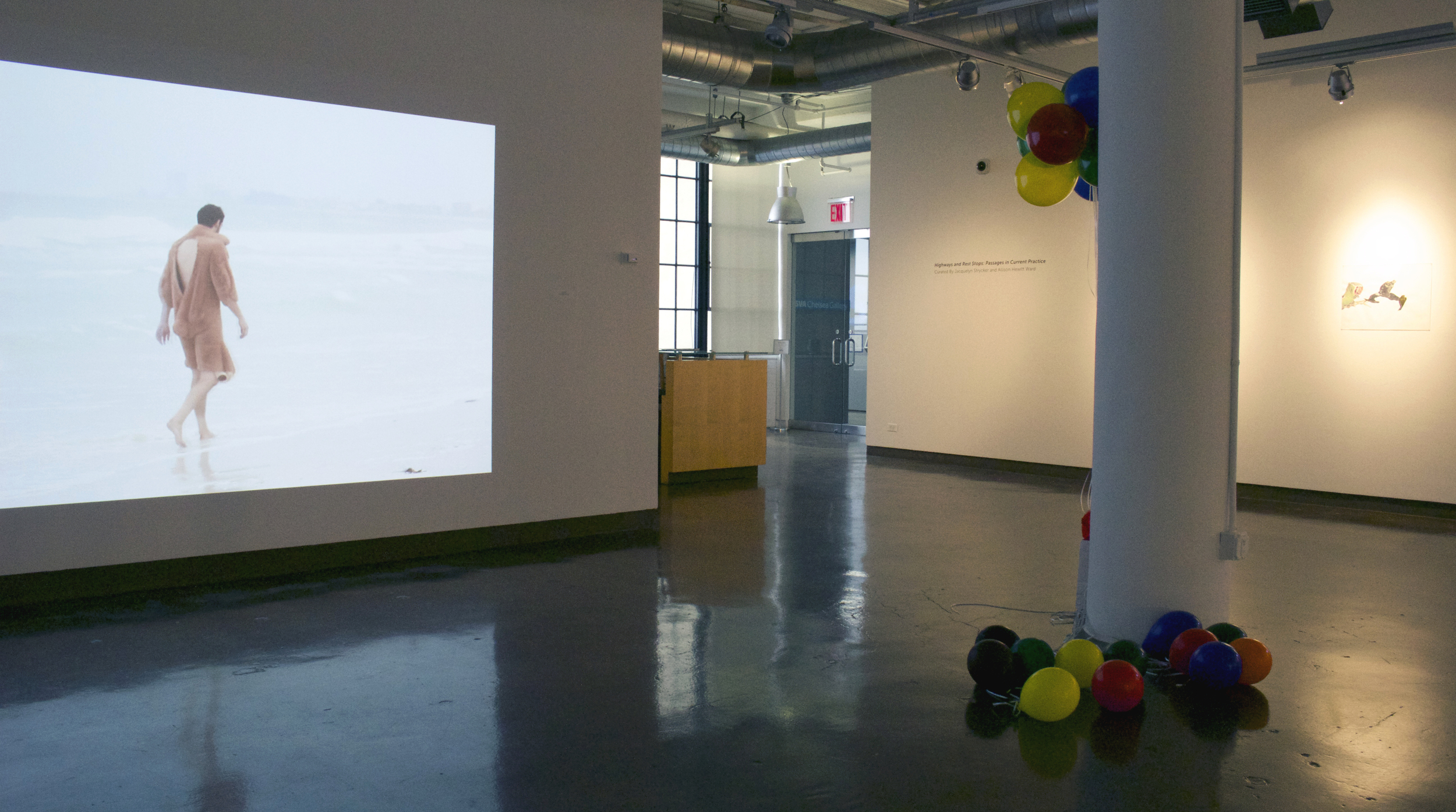
Andrew Prieto’s emergentMan takes the viewer on an ambiguous journey to a destination, an experience that calls to mind America’s westward expansion.
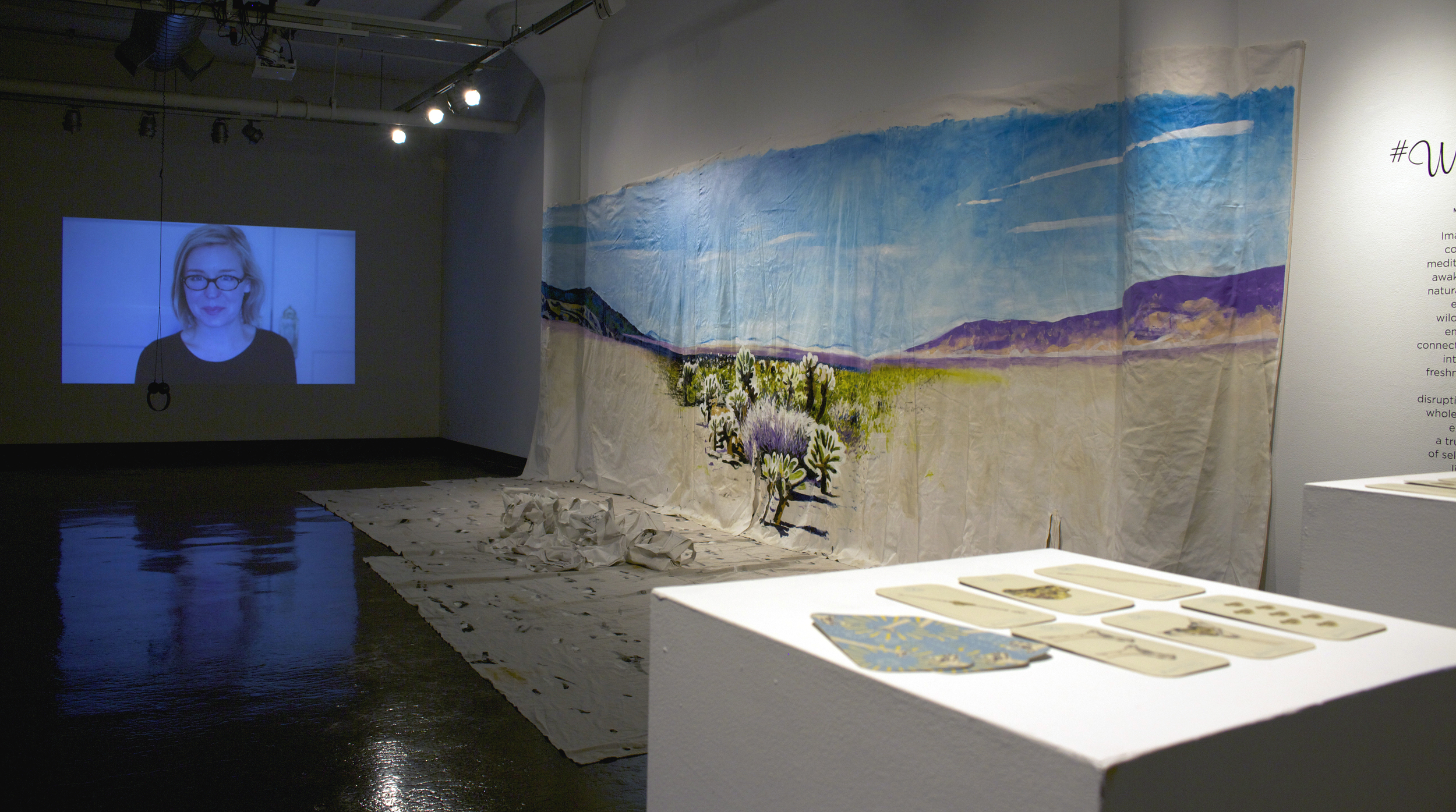
Alexandra Hammond’s Walliecamp and Goldlugger juxtapose the mythos of the American West with the syntax of contemporary enterprise.
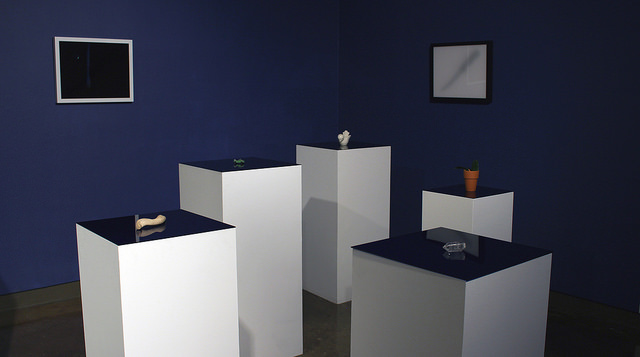
Tribble and Mancenido’s O.P.P. (Other People’s Possessions), a collection of objects picked up from the couple’s series of New York City sublets, exists at the intersection of settling and transition.

Seirin Nagano's Internal Paradigm—a large white box lined with mirrors placed within the larger white box that is the gallery
—is, like a highway rest stop, a sort of non-space.
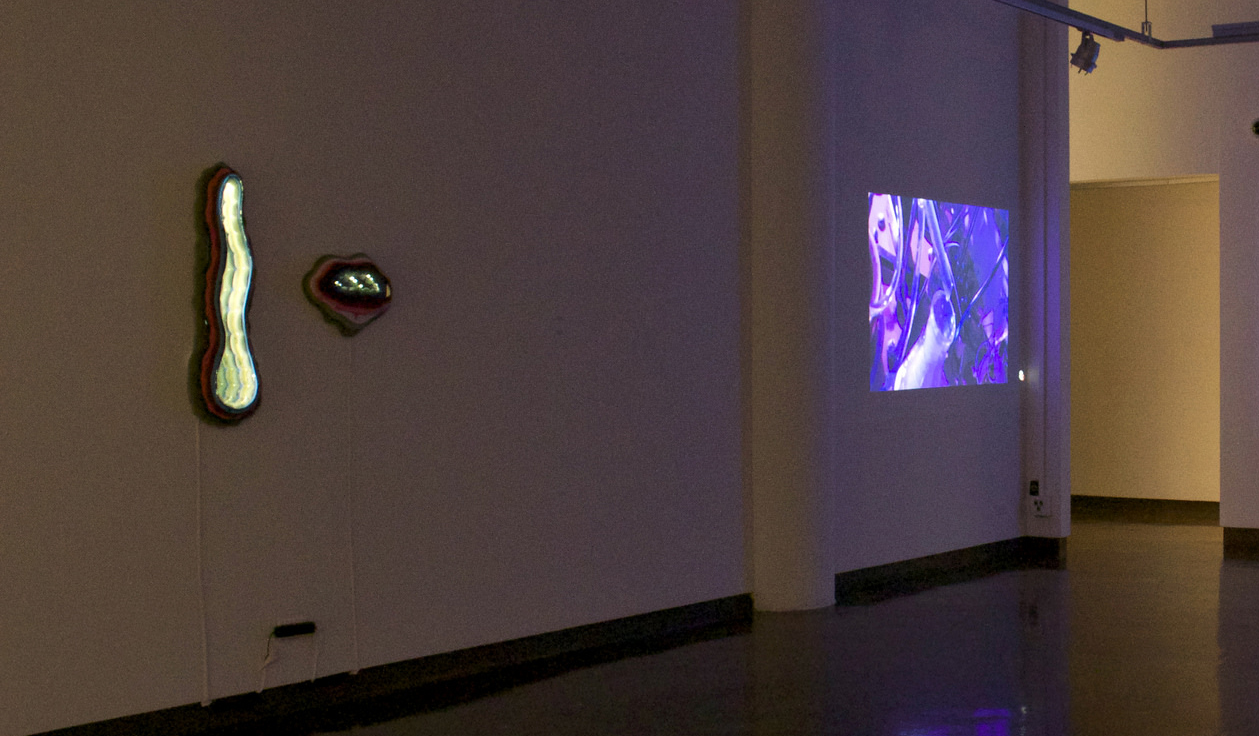
Daniel Allegrucci's Passages and Nat Castañeda's collages engage with notions of transformations and transitions.
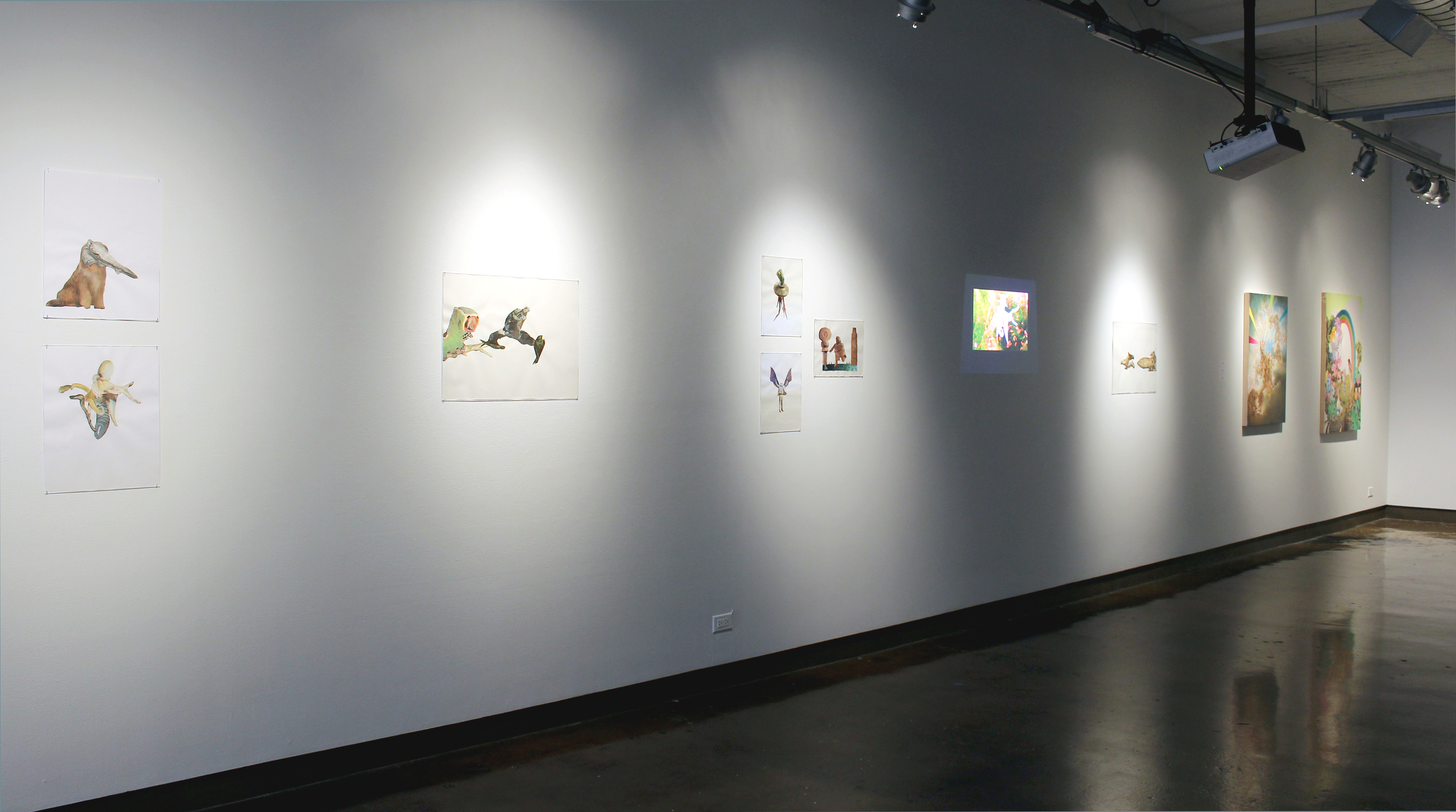

JD Raenbeau’s Swarm and Playtime borrow from historical painting styles and contemporary commodity imagery to enact a folding-over and revision of historical time.
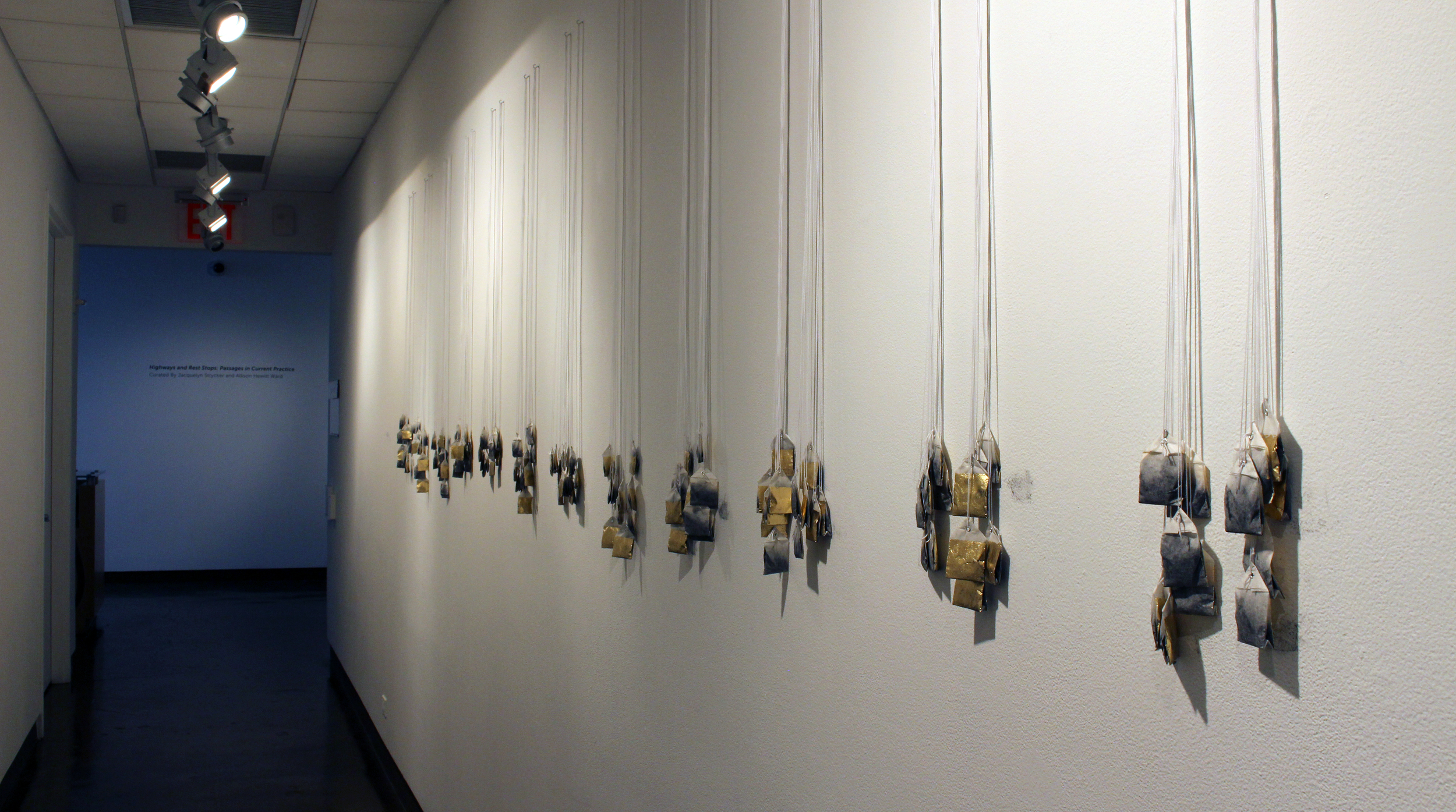
Kevin Townsend's site-specific drawings Residue of a Shadow and Diachronous Drawing No. 1, Laura Scandrett's video A New Year, and Richard Walshe's projected installation are meditations on space, time and transmutation.
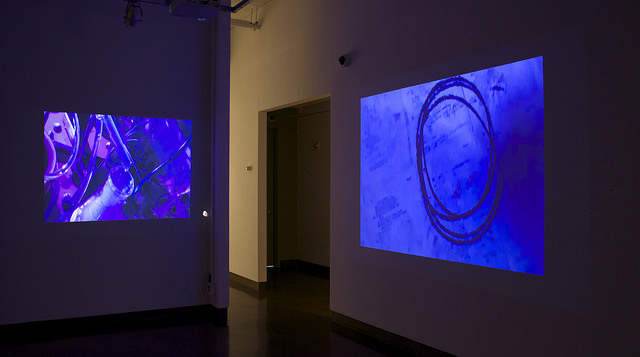
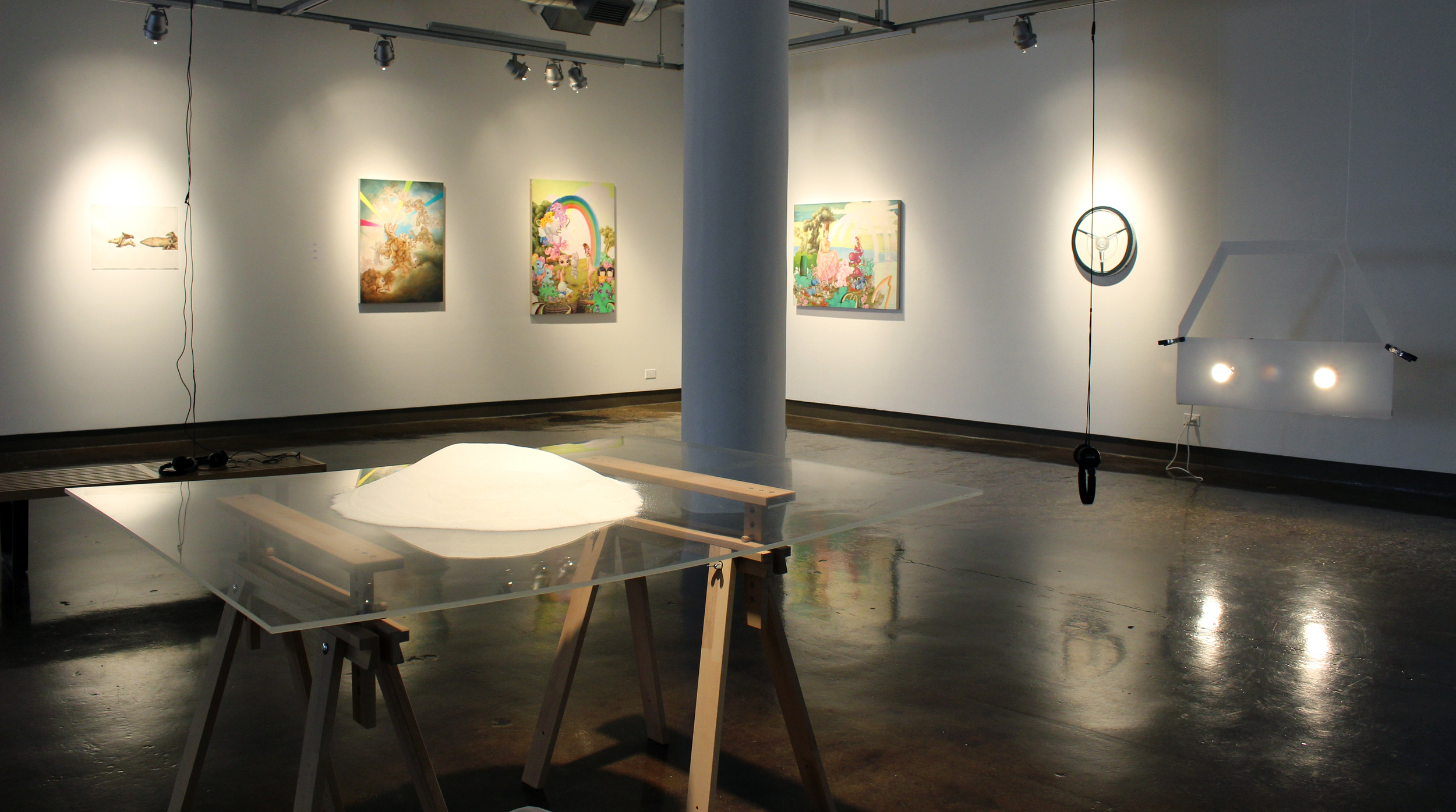

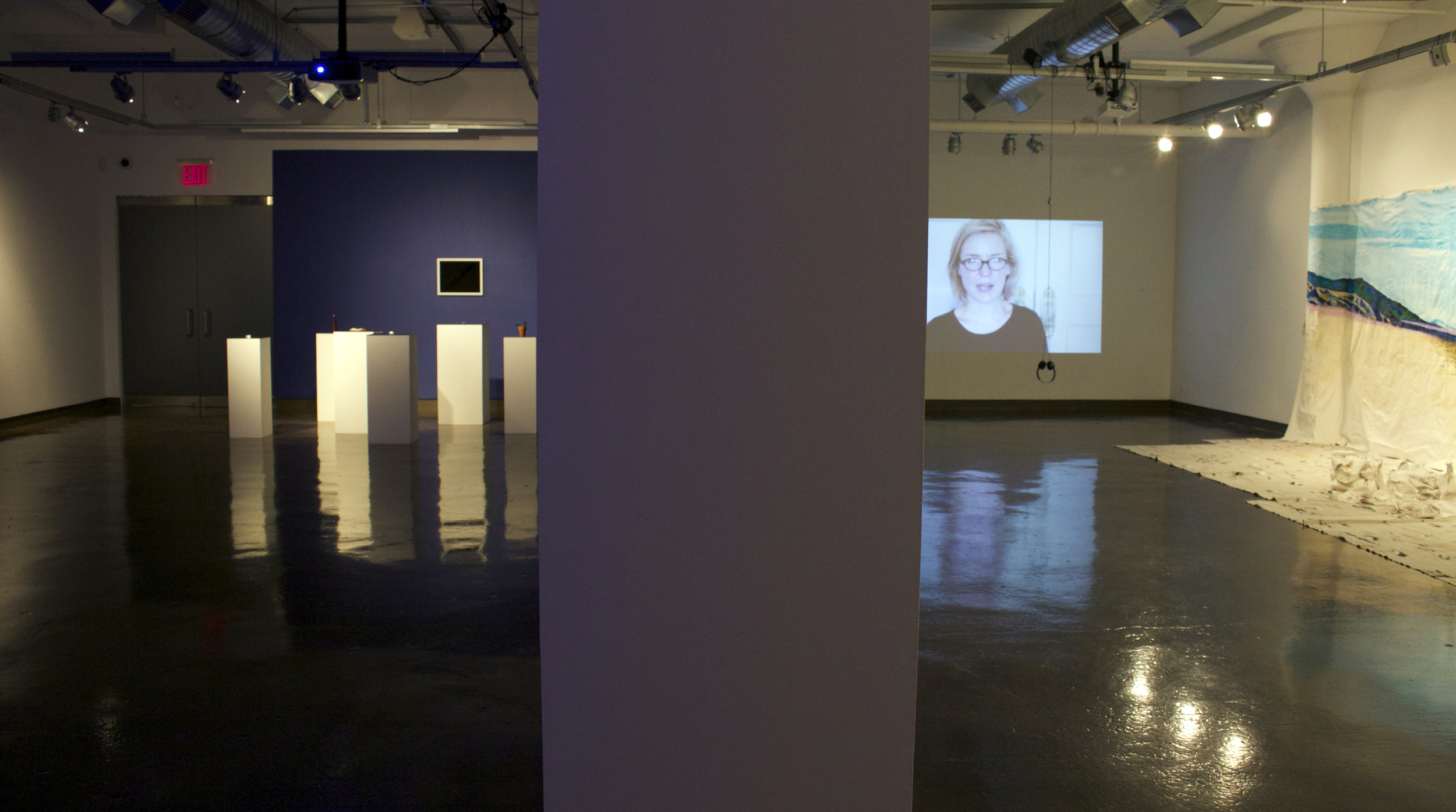















February 28 - March 14, 2015 at the SVA Chelsea Gallery
Curated by Jacquelyn Strycker and Allison Hewitt Ward
The highway is never our terminus. Instead, it's a stretch between places— a journey, a process, a connector of past and future, of possibilities. As we travel on the highway, we paradoxically venture into the open frontier within the contained space of the automobile, experiencing the landscape through the car window, time concurrently passing at two speeds.
The rest stop is a non-place, a space of transience. It's neither the journey nor the destination but instead a space in which to pause. We pause the process that is the highway, and then pass through.
"Passage," art critic Michael Brenson noted in his 2004 essay collection Acts of Engagement: Writings on Art, Criticism, and Institutions, 1993-2002, is a word pregnant with antagonisms: ‘exit, trap; fright, play; hiding, exposure.’" Brenson continues, "Because of its associations with the middle passage as well as the free travel and transformation, passage is marked by both enslavement and liberation." It also calls to mind another famous route, the Northwest Passage, a shipping route across North America that remains ever on the edge of possibility and therefore ever entrenched in the imagination. We speak of passages of text chosen for their particular poignancy and of rights of passage, processes of change and becoming. The passage of time connotes both continuity and transformation. The Silk Road, too, might be called a passage, an exchange of commodities and culture between once distant worlds. It finds its modern descendant in the highway, the arterial system of travel and commodity exchange. Passage, of course, is not merely a route but a movement, a working through, a transformation of space, time and psyche.
The works in this exhibition are in various states of passage. They address the movements of commodities and bodies through time and space, as well as the movement of time and space itself.
Angela Conant and Yasmeen Sudairy's Driving Lesson presents us with an absurd scenario in which Sudairy, who is from Saudi Arabia, where women legally cannot drive, instructs Conant, an American who rarely drives, despite her freedom to do so, and has let her license lapse.
Andrew Prieto’s emergentMan takes the viewer on an ambiguous journey to a destination, an experience that calls to mind America’s westward expansion.
Alexandra Hammond’s Walliecamp and Goldlugger juxtapose the mythos of the American West with the syntax of contemporary enterprise.
Tribble and Mancenido’s O.P.P. (Other People’s Possessions), a collection of objects picked up from the couple’s series of New York City sublets, exists at the intersection of settling and transition.
Seirin Nagano's Internal Paradigm—a large white box lined with mirrors placed within the larger white box that is the gallery
—is, like a highway rest stop, a sort of non-space.
Daniel Allegrucci's Passages and Nat Castañeda's collages engage with notions of transformations and transitions.
JD Raenbeau’s Swarm and Playtime borrow from historical painting styles and contemporary commodity imagery to enact a folding-over and revision of historical time.
Kevin Townsend's site-specific drawings Residue of a Shadow and Diachronous Drawing No. 1, Laura Scandrett's video A New Year, and Richard Walshe's projected installation are meditations on space, time and transmutation.